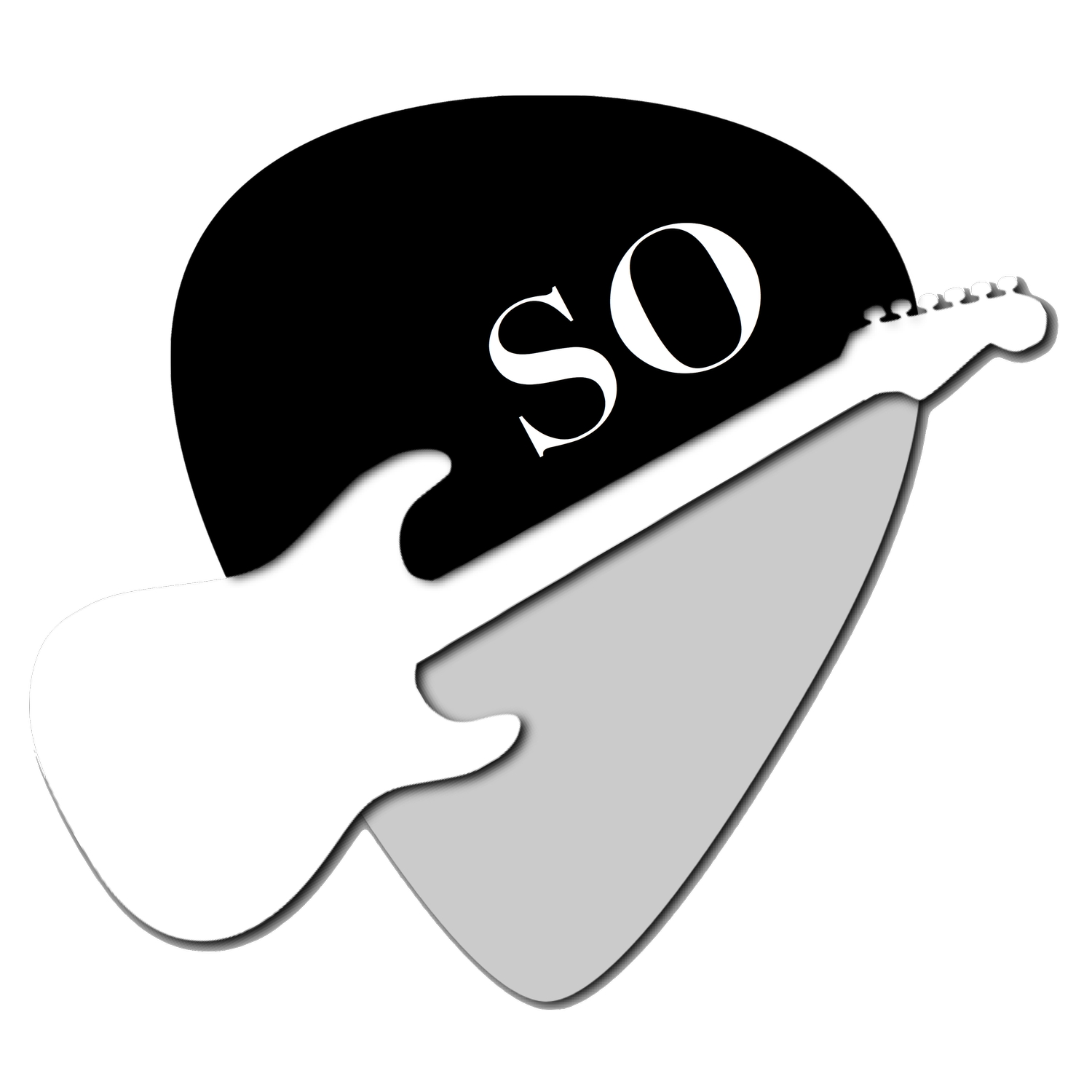“Weir(d) Rhythm Guitar”
This was the first in-person conference I attended since February 2020 and it was great to see everyone from the Grateful Dead Studies Association after so long away. Hosted by the Popular Culture Association as part of their annual conference, the interdisciplinary group of scholars offered a multitude of perspectives on the band’s music, iconography, fans, and general experience. Our panel focused on individual parts in “Bertha.” My CCNY colleague and co-panelist Chad Jenkins focused on Lesh’s bass playing, while I discussed Weir’s guitar playing.
“Weir(d) Rhythm Guitar.” Musicological Aspects of the Grateful Dead. Popular/American Culture Association Annual Conference. San Antonio, TX. April 7, 2023.
Abstract:
It’s generally accepted among listeners, critics, and musicians, that Bob Weir’s rhythm guitar style is highly unusual, perhaps best summarized in The New Yorker (Wilkinson 2014): “To the initial exasperation of his bandmates, who wanted someone to keep time more diligently, he developed one of the most unusual styles in rock and roll, built on lyric asides and cunning contrapuntal remarks that suggest a line of melody traveling through the map of the chord changes.” In numerous interviews Weir cites piano players, particular McCoy Tyner (Boone 2016), as one of his primary influences, while on other occasions he mentions modeling his approach on the role of horn sections or second violins.
In 2022, dead.net launched an interactive application called “Playing in the Band - A Grateful Dead Interactive Experience” that allows users to jam along with selected songs from the 1972-08-27 performance in Veneta, OR. Through the mixing board interface of the app, users can mute, isolate, and change the volumes of individual band members, creating an invaluable tool for analytical musicologists studying the improvisational techniques of the Dead. Having access to Weir’s parts gives us a rare opportunity to both hear him completely isolated and in contrapuntal combination with any subset of his bandmates.
Using passages from “Bertha,” this paper is an exploration of how Weir navigates a ‘map of chord changes,’ simultaneously performing his role as second guitarist, serving the song structure, and interacting with the rest of the band, who are tracing their own paths through the changes.
